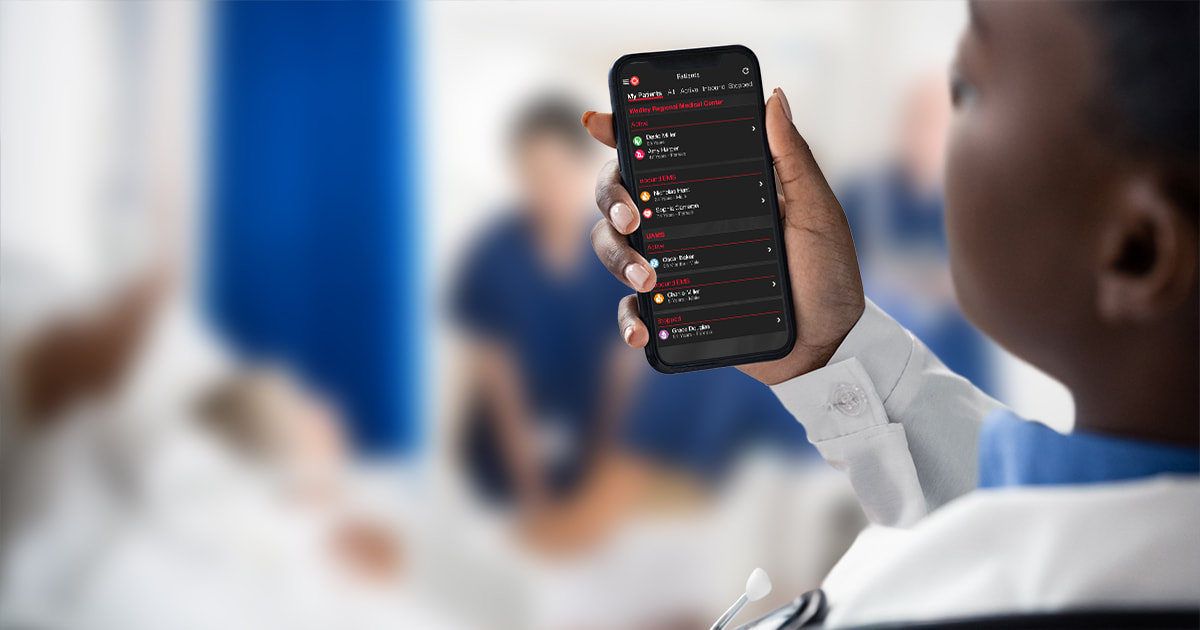
7 min read
Streamlining Crisis Response: A Deep Dive Into MCIs and Large Events
Patient tracking during MCIs and pre-planned events is a complex operation with many moving parts. Every incident is different and requires different...
Read PostThe latest articles, case studies, research, and more are on their way to your inbox. Happy reading!

7 min read
Patient tracking during MCIs and pre-planned events is a complex operation with many moving parts. Every incident is different and requires different...
Read Post
3 min read
While no one wants to think about the probability of an impending disaster, emergency managers and healthcare professionals know that mass casualty incidents are an eventuality. It’s not if they’ll...

2 min read
Nurses play a pivotal role in healthcare, guiding both patients and their families through some of the most challenging times with unwavering compassion and dedication. Nurses advocate for their...

5 min read
On any given day, healthcare providers interact with many forms of technology. Communication apps, EHRs, ePCRs, patient portals, and digital health trackers are just a few of the types of technology...

5 min read
As 2023 comes to a close, we're pausing to look back at the case studies and research findings published by Pulsara customers. From streamlining emergency response times to enhancing patient...

1 min read
Communication among interdisciplinary care teams is a necessity in delivering excellent patient care. Though mobile technology has become more common in various branches of healthcare communication,...

1 min read
In 5 months, Baptist Health Medical Center - Little Rock reduced their average door-to-puncture time for stroke patients by 58% Baptist Health Medical Center in Little Rock, Arkansas, is an 843-bed...